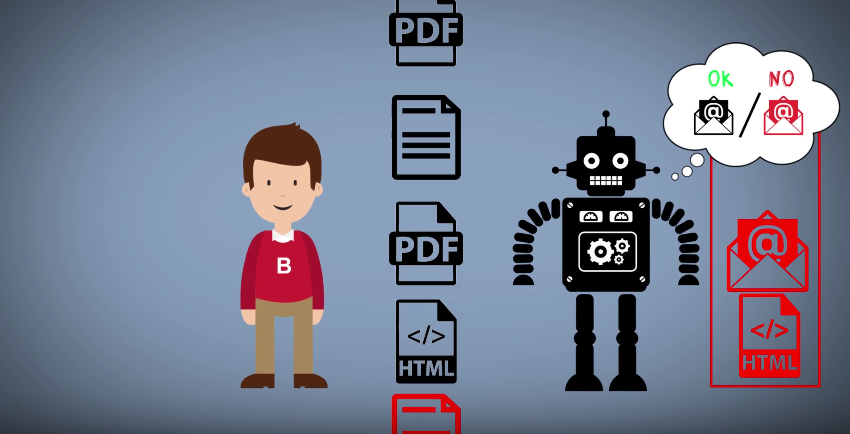
While Hollywood envisions Artificial Intelligence as one day gaining self-consciousness and starting to wipe out humanity, we’re currently still struggling with teaching it how to take a joke.
Today’s machine learning algorithms are all around us. From powering Google’s search engine to driverless vehicles and personal assistants.
Machine learning is considered to play a vital role in development of artificial intelligence, but it currently still requires human intervention and tweaking. The merging of man and algorithms allows us to make sense of the terabytes of seemingly unrelated data that’s constantly pouring into the internet on a daily basis.
Machine learning in the security industry has also proven to be very effective at finding new or unknown malware, based on the features the new malware shares with previously known threats. However, you need to train machine learning algorithms with a dataset that’s comprised of known malware samples.
The line between man and machine is becoming increasingly blurred. But machine learning can’t yet handle fighting cyber threats alone.
In a world where more than 400,000 new malicious programs emerge on a daily basis, traditional detection methods (signature-based systems) lack the ability to be truly proactive. What’s more, security vendors also deal with third-party specialized services that offer obfuscation mechanisms to help hide malware from traditional AV systems.
Bitdefender has been constantly developing and training machine learning algorithms for cybersecurity purposes since 2009. With more than 6 issued patents for our Machine Learning technologies, it’s particularly that knowledge about how malware behaves and how machine learning algorithms complement security researchers that makes the world of difference in offering the best protection against malware.
